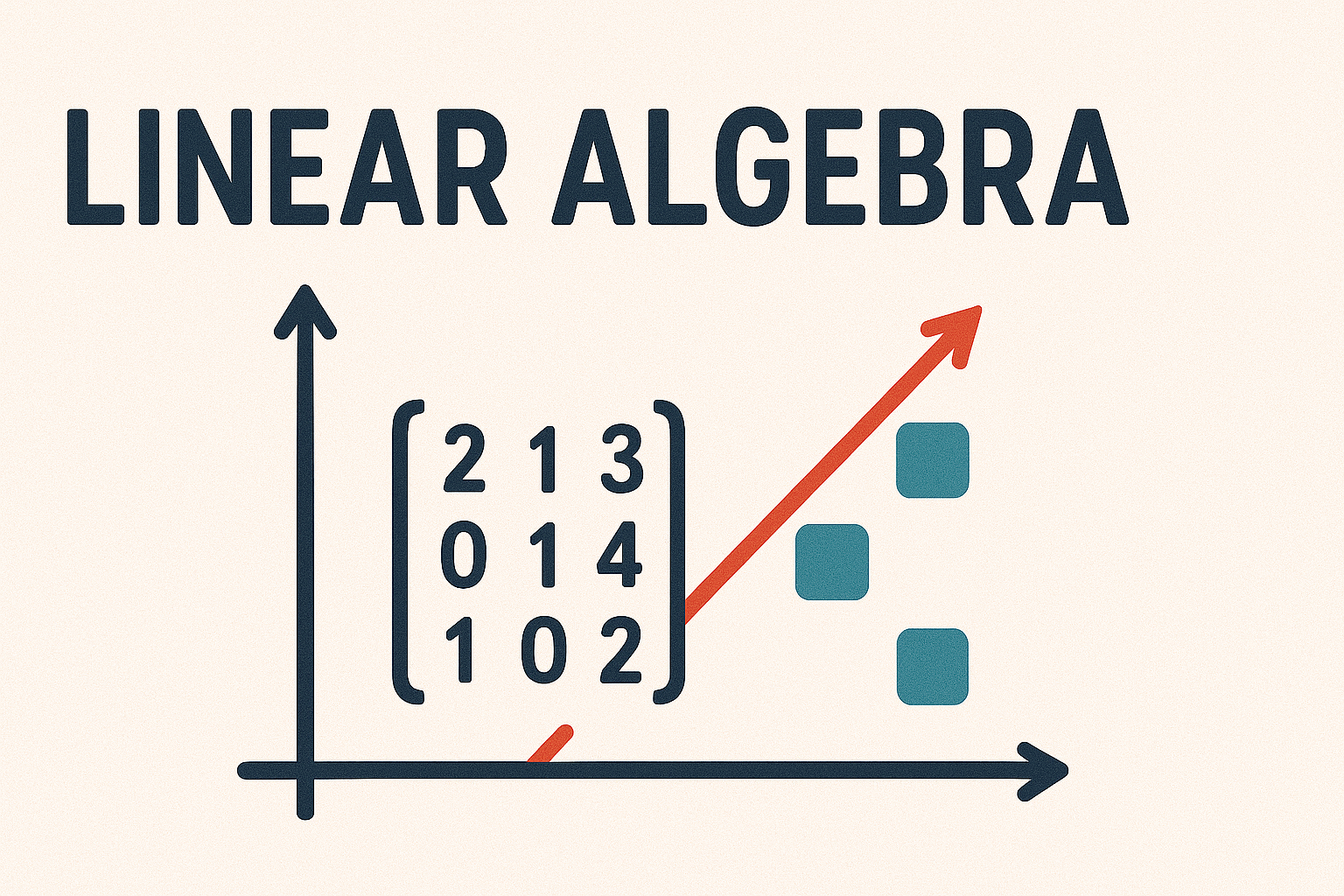3.4. Arithmetic operations on vectors#
3.4.1. Vector equality#
Definition 3.1 (Vector equality)
Two vectors in \(\mathbb{R}^n\) are said to be equal if their corresponding elements are equal. In other words \(\mathbf{a},\mathbf{b}\in \mathbb{R}^n\) where \(\mathbf{a} = (a_1, a_2, \ldots, a_n)\) and \(\mathbf{b} = (b_1, b_2, \ldots, b_n)\) respectively, are equal if and only if the elements which correspond co-ordinate-wise are equal, i.e.,
Informally this happens if and only if they have the same magnitude and they point in the same direction.
It follows from the definition of vector equality that a vector can be moved parallel to itself and still represent the same vector, i.e., the position of the vector does not matter when considering vector equality. Consider Fig. 3.5 which shows four vectors in \(\mathbb{R}^2\). The vectors \(\mathbf{a}\) and \(\mathbf{b}\) point in the same direction and have the same magnitude, so we can say that \(\mathbf{a}=\mathbf{b}\). The vector \(\mathbf{c}\) has the same magnitude as \(\mathbf{a}\) and \(\mathbf{b}\) but points in the opposite direction so \(\mathbf{c}\neq \mathbf{a}\). The vector \(\mathbf{d}\) points in the same direction as \(\mathbf{a}\) but has a larger magnitude so \(\mathbf{d} \neq \mathbf{a}\).
Fig. 3.5 Of these four vectors only \(\mathbf{a}\) and \(\mathbf{b}\) are equal.#
3.4.2. Vector addition#
Definition 3.2 (Addition of two vectors)
The addition of two vectors \(\mathbf{a},\mathbf{b}\in\mathbb{R}^n\) is calculated using
The geometric representation of \(\mathbf{a}+\mathbf{b}\) is represented in Fig. 3.6. Note that \(\mathbf{a}+\mathbf{b}\) is the same as placing the tail of \(\mathbf{b}\) at the head of \(\mathbf{a}\). Note also, as the figure demonstrates, that the order in which one adds the two vectors is unimportant. This is known as the parallelogram law of addition.
Fig. 3.6 The addition of two vectors.#
3.4.3. Scalar multiplication#
Definition 3.3 (Scalar multiplication of a vector)
The multiplication of a vector \(\mathbf{a}\in \mathbb{R}^n\) by a scalar \(k \in \mathbb{R}\) is defined by
Multiplying a vector by a scalar has the effect of scaling the vector \(\mathbf{a}\) to produce a vector parallel to \(\mathbf{a}\) with a magnitude of \(k\|\mathbf{a}\|\). In general if two vectors \(\mathbf{u}\) and \(\mathbf{v}\) are parallel then we write \(\mathbf{u} \parallel \mathbf{v}\).
Theorem 3.1 (Properties of scalar multiplication of vectors)
The scalar multiplication of a vector \(\mathbf{a}\) by a scalar \(k\) has the following properties:
\(k\mathbf{a}\) = \(\mathbf{a}k\) is a vector parallel to \(\mathbf{a}\)
\(0\mathbf{a} = (0, 0, \ldots, 0) = \mathbf{0}\)
\(1\mathbf{a} = \mathbf{a}\)
\(\|k\mathbf{a}\| = |k|\|\mathbf{a}\|\) (\(\|\mathbf{a}\|\) is the length of the vector \(\mathbf{a}\) - see vector magnitude)
If \(k>0\) then \(\mathbf{a}\) and \(k\mathbf{a}\) point in the same direction, whereas if \(k<0\) then \(\mathbf{a}\) and \(k\mathbf{a}\) point in opposite directions
Fig. 3.7 Scaled variations of the vector \(\mathbf{a}\).#
